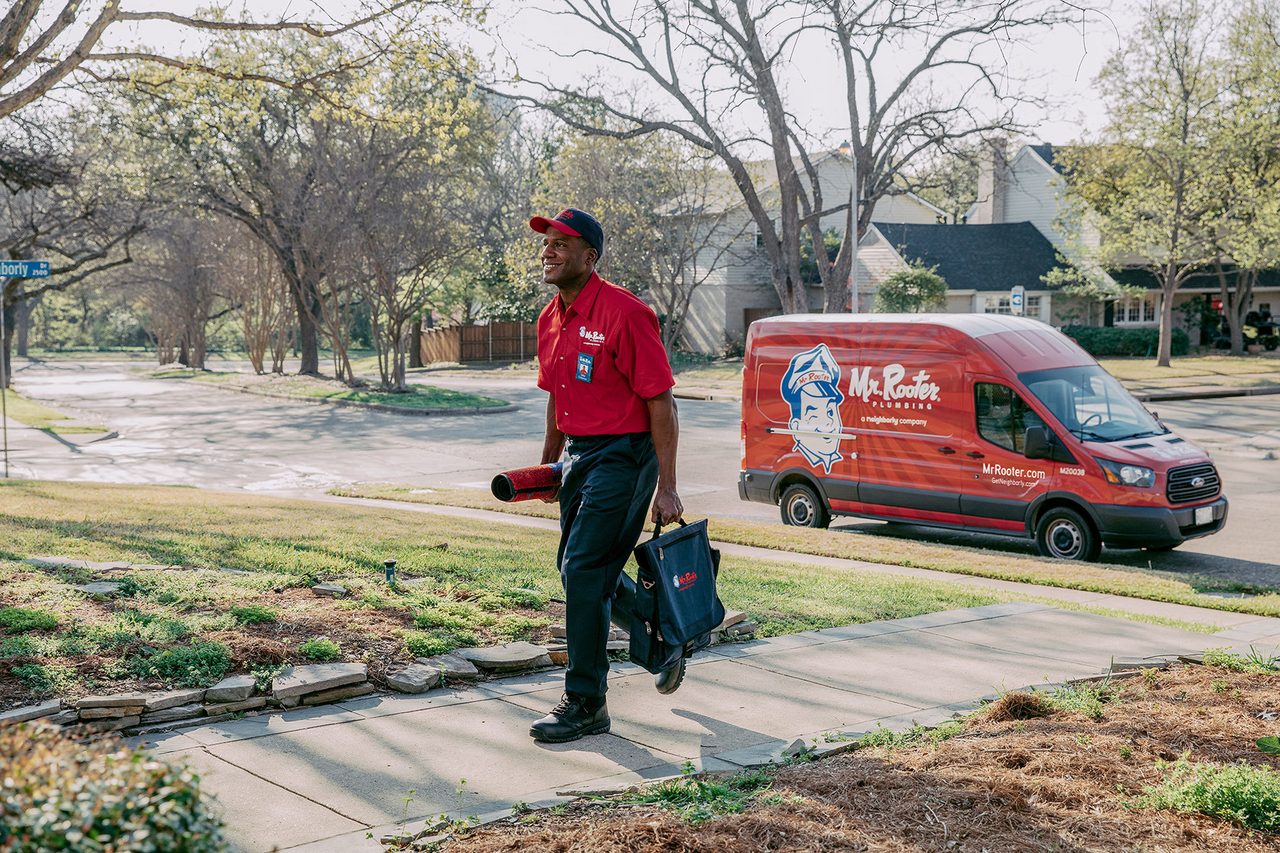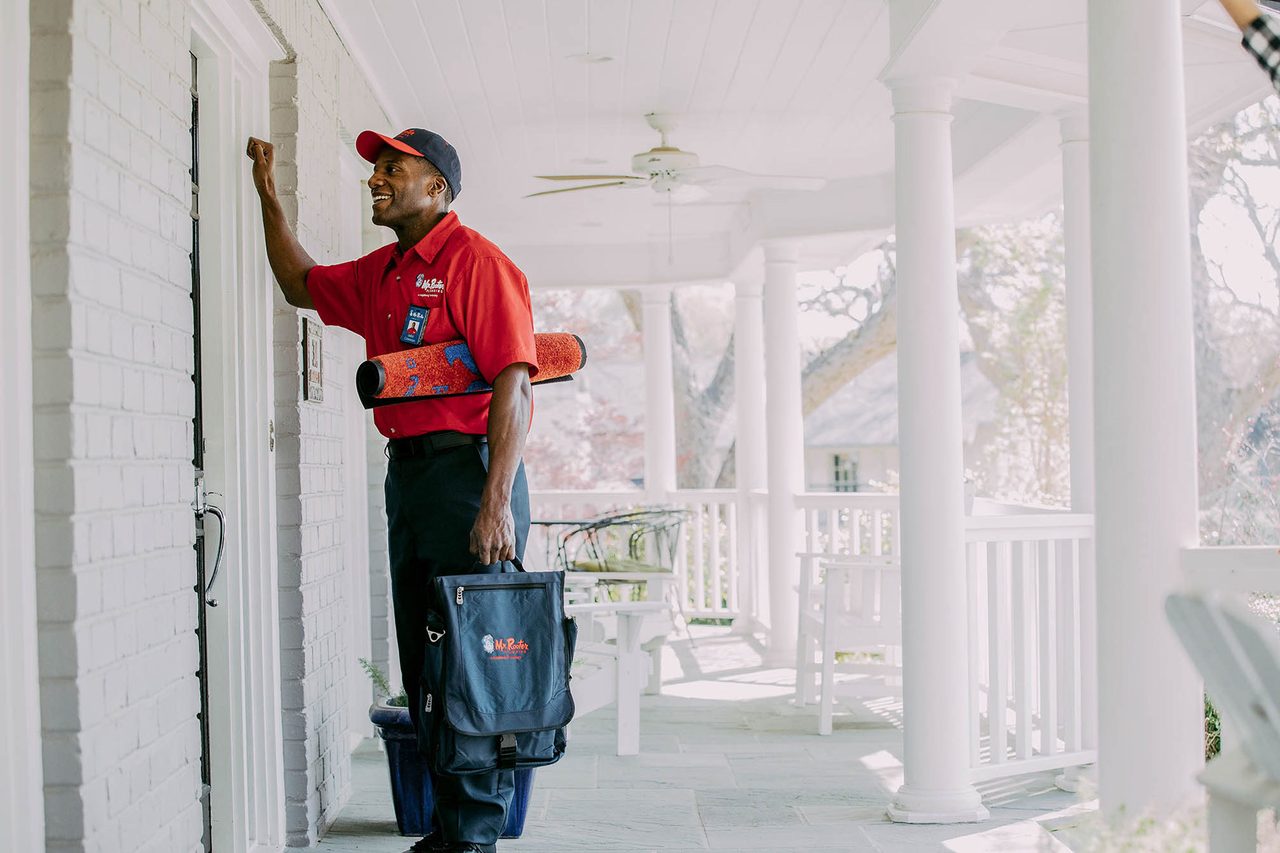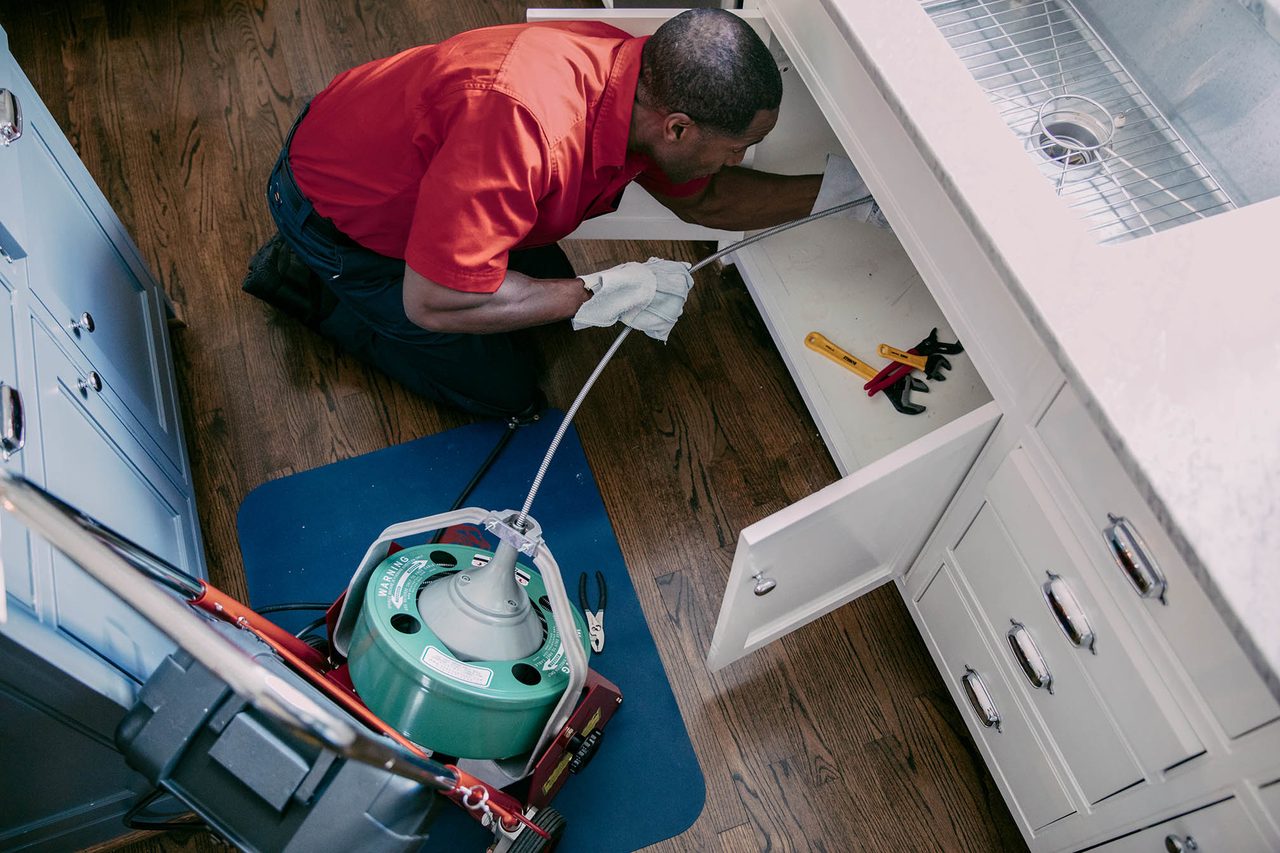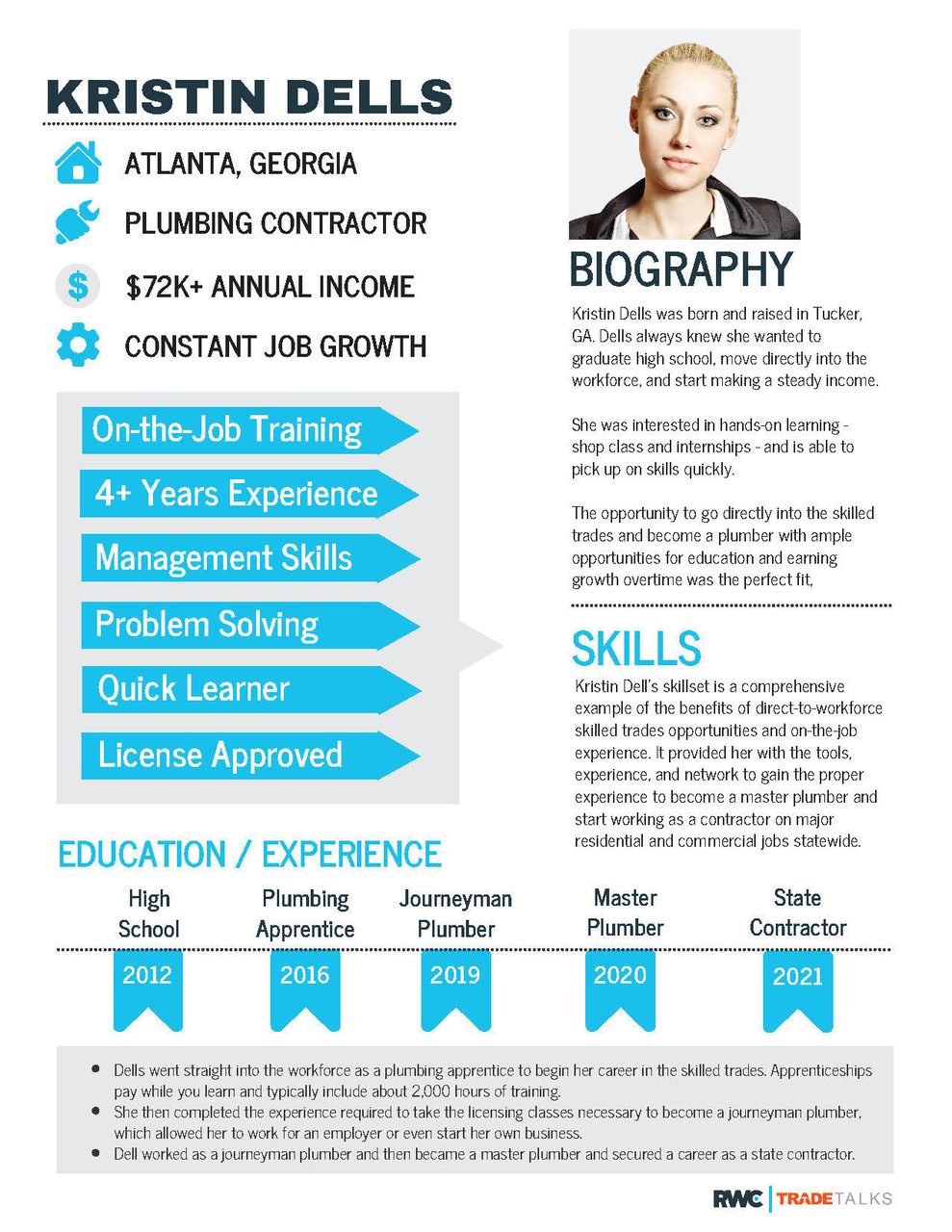
EDITORIAL OPINION
BY NICOLE KRAWCKE
Diversifying the trades
Broadening your recruiting efforts to minority groups can help alleviate labor shortage pains.

When I first began covering the HVAC industry almost eight years ago now, I was one of few women — if there were any others — in the room. Since that time, I have started seeing more and more women at the various industry events I attend, and I am overjoyed. The skilled trades can offer a great career and life, and I love seeing more women taking advantage of the many opportunities this industry provides.
Everyone knows the skilled trades have a serious labor shortage problem. Just about every plumbing and HVAC business owner I talk to has trouble finding new employees. This month, it got me thinking about workforce development and recruitment efforts. If you’re struggling to find workers, you can’t ignore half the population — or minority groups for that matter.
Here is the reason why: The U.S. is more diverse and more multiracial than ever before, according to 2020 Census data released earlier this year.
People of color represented 43% of the total U.S. population in 2020, up from 34% in 2010.
The non-Hispanic White share of the U.S. population fell to 57% in 2020, shrinking by six percentage points since 2010, the largest decrease of any race or ethnicity. The share of those who identified as Hispanic or Latino or as multiracial grew the most.
Per the U.S. Census, there are now seven states and territories — California, New Mexico, Nevada, Texas, Maryland, Hawaii and Puerto Rico — where the non-Hispanic White share of the population is below 50%. In California, the Hispanic or Latino population officially became the largest racial or ethnic group in the state for the first time. The Hispanic or Latino community now represents 39.4% of Californians, an increase from 37.6% in 2010. The non-Hispanic White population in California was 34.7% in 2020.
Now, let’s look at the plumbing industry, specifically. According to the U.S. Bureau of Labor Statistics (BLS), the plumbing industry is expected to grow by 5%, adding 23,400 plumbing jobs over the next eight years. Now, those numbers don’t account for the industry’s need to replace workers who exit the labor force by retiring. The BLS projects about 51,000 openings for plumbers, pipefitters and steamfitters each year, on average, over the next decade.
According to the BLS, only 8% of plumbers are black, and only 2.5% of plumbers nationwide are women.
Representation matters
So you might be asking, how do you recruit more women and minorities to your company? Remember the old adage, “Seeing is believing?” Well, in this case, it’s true. Look at Hollywood, for example. The entertainment industry is diversifying. Movies, TV shows and even commercials are featuring more minorities than ever before — black, Asian, Hispanic/Latino, lesbian, gay — these types of people are all being represented in the media.
The same must happen in the skilled trades. Take a look at your workforce development and recruiting materials. Who is depicted on them? Representation matters.
Look at Mr. Rooter Plumbing, for example. Many of their new marketing images depict a black plumber walking from the branded truck, knocking on the front door and using a drain cleaning machine in the kitchen.


Trade Talks USA is another excellent example. The organization has created videos and pathway profiles to use as tools to build awareness about the skilled trades. The videos and profiles both depict women and minority groups.
“When you look at it, the average age for plumbers is 41 years old — actually in the upper 50s if you’re looking at master plumbers,” said David McCulloch, executive director of Trade Talks USA. “And if you look at the profession demographically, less than 30% of the workforce is workers of color. And just 5% of the workforce is women. When you overlay that into our national demographics, the opportunities are tough to see. There is an opportunity to advance the profession by introducing more women into it and by introducing more students of color.
“When you look at the tools we’re developing, the diversity you see in our videos and pathway profiles, you see that they are inclusive, and that’s by design,” he added. “They are reflecting what we know to be the future and upcoming workforce. We want to do everything we can to present the opportunities in a way that shows that the industry, and certainly the plumbing profession, is more open toward bringing in diverse workers.”


The last example I am going to share is a fantastic video created by my friends at Online Access and Women in HVACR. It’s the story of a woman who is encouraged to join the trades set to music from “The Greatest Showman.” Definitely worth a watch: https://www.youtube.com/watch?v=5qF8VynRykQ.
I hope these few examples I have shared this month spark a few ideas of your own to revamp your recruitment materials. The workforce is out there, maybe just not where you’ve previously been looking. Expand your reach by being inclusive.

Photos courtesy of Mr. Rooter Plumbing and Trade Talks USA
Nicole Krawcke is chief editor of Plumbing & Mechanical.
